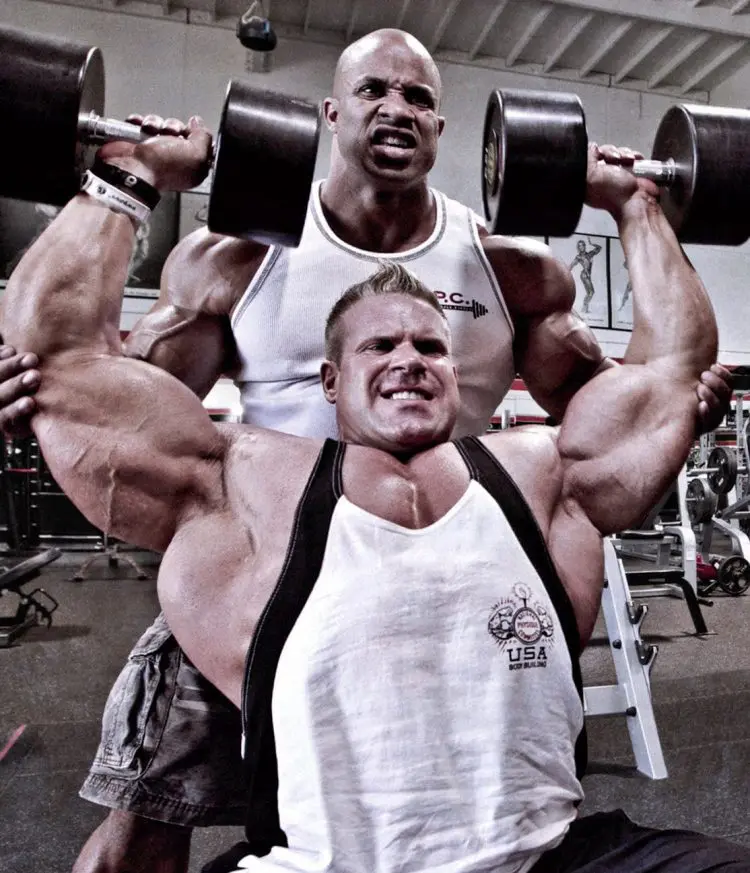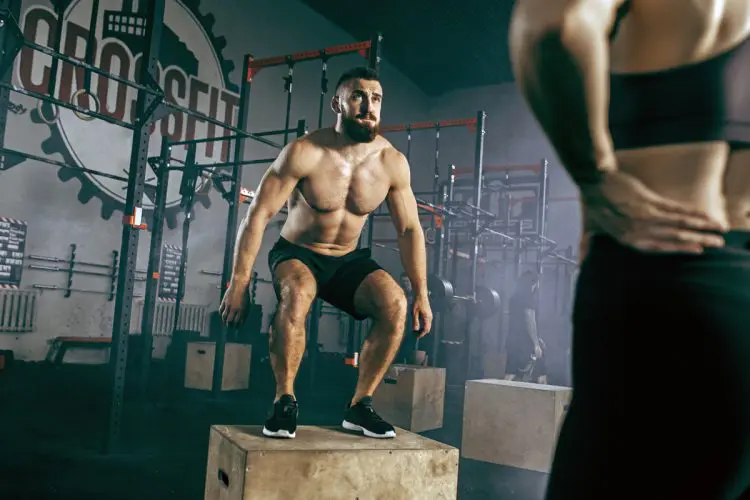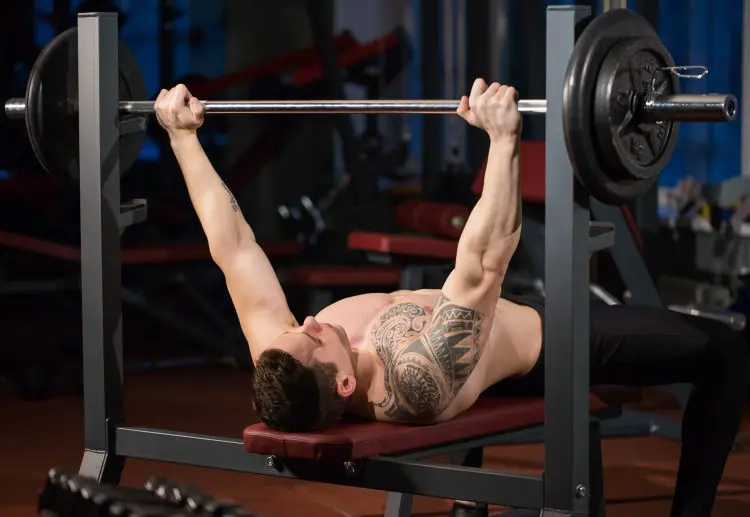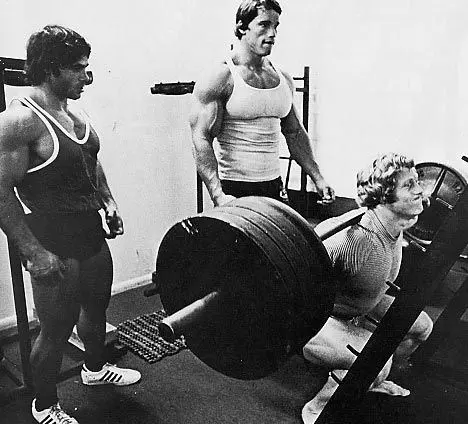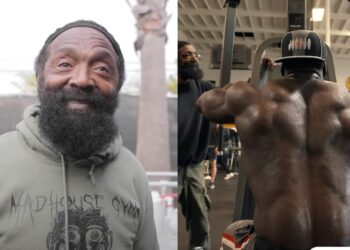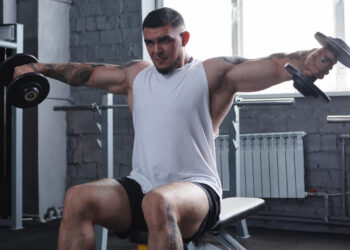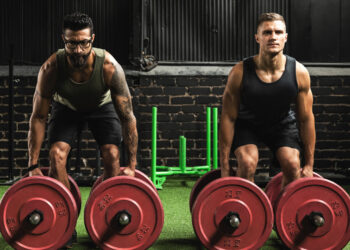When was the last time you noticed any significant improvements in your physique? Are you getting stronger from one week to the next?
No?
You are not alone!
A lot of exercisers are stuck in a rut and aren’t making any progress. They show up at the gym and go through the motions but get very little back in return. What a waste of time and energy!
Use the following ten hacks to make your workouts productive again.
1. Use A Pre-Workout Supplement
Level Up Your Fitness: Join our 💪 strong community in Fitness Volt Newsletter. Get daily inspiration, expert-backed workouts, nutrition tips, the latest in strength sports, and the support you need to reach your goals. Subscribe for free!
Pre-workout supplements contain a host of ingredients designed to boost exercise performance. This includes caffeine for energy, vasodilators for a better pump, creatine for increased strength, and branched-chain amino acids to reduce muscle breakdown. Taking a pre-workout can also help get you in the mood to train, as they increase focus and determination too.
If you are struggling to train hard enough to produce the results you want, a pre-workout supplement can help. However, it’s probably best to save your pre-workout for your most challenging training sessions, such as leg day. After all. That’s when you’ll really appreciate the boost.
[Related: 11 Strongest Pre Workout Supplements in 2021]
2. Visualize Your Workout Before Doing It
Visualization is a powerful tool. Athletes from all sports use visualization to help them perform at their best, and you can use this hack too.
Before your next workout, spend a few minutes thinking about the exercises you are about to do. Picture yourself performing each and every rep perfectly and completing all of your sets successfully. Take this a step further by visualizing yourself crushing your previous workout performance.
Make these images as detailed as possible, including all the sights and sounds you usually experience during your workouts.
Studies suggest that visualization can have a notable effect on workout performance, resulting in more reps, heavier weights, and better results (1). Although the exact mechanisms are unclear, visualization may increase performance by boosting confidence and motivation.
Try and visualize your workout a couple of times before doing it. Like all aspects of training, the more you do it, the more effective it will be.
3. Pump Up the Music
Music can have a very positive effect on exercise performance (2). The right soundtrack can drive you to train harder or longer than usual. It can also act as a distraction when you start to tire, taking your mind off how you are feeling.
Experience the effect of music for yourself by creating the ultimate power playlist. Choose songs you know will get you fired up and that you really look forward to listening to. It doesn’t matter if you like hip-hop, hard rock, or even classical music. So long as it works for you, whatever you choose is the right kind of music.
Start listening to your playlist on your way to the gym to help get you in the mood to train.
As an added benefit, music can help “keep you in the zone” during your rest periods. Increased focus between sets will ensure you give your entire workout your full attention. Wearing headphones also sends out a powerful message to other gym users to stay away and not distract you. This can also help make your workouts more productive.
4. Time Your Rest Periods
Your rest periods between sets are almost as important as the sets themselves. Rest too long, and you’ll be too recovered, and your training will lack the intensity necessary to trigger strength increases or muscle growth. But, if you don’t rest long enough, you may be too tired to give your next set your best effort.
Time your rest periods to ensure that every set you perform is as productive as possible.
The accepted rest periods between sets are:
- Strength/power – 3-5 minutes
- Hypertrophy – 1-2 minutes
- Endurance – 30-60 seconds
Keeping an eye on the time will also help you get through your workout in a timely manner and remind you not to waste time chatting at the watercooler.
5. Follow a Plan
Master Blaster Joe Weider often talked about things like instinctive training and muscle confusion. He believed that it was sometimes necessary to change your workout often to trigger new progress. While variety IS an important part of successful training, most exercisers will get better results if they follow a set program.
A pre-designed strength training program means that your workouts have structure and also makes it easier to gradually increase the workload so that you get stronger or build more muscle. Randomized workouts will lead to muscle soreness, but without progressive overload, you won’t make as much progress.
Make sure that, before you set foot in the gym, you have a program to follow. You can create your own workouts or follow one of ours. Either way, stick with it for 4-8 weeks, working a little harder from one training session to the next. Switch to a new plan when you notice you that your progress is starting to stall.
6. Fire Up Your Muscles with Activation Drills
Your muscles are made up of motor units, which are groups of fibers activated by a single motor neuron. The more motor units you can activate at the same time, the more weight you’ll be able to lift, and the more reps you’ll be able to perform.
Level Up Your Fitness: Join our 💪 strong community in Fitness Volt Newsletter. Get daily inspiration, expert-backed workouts, nutrition tips, the latest in strength sports, and the support you need to reach your goals. Subscribe for free!
The number of motor units you can activate increases with training and experience. Still, there is a way to speed up the process and boost workout performance right now – muscle activation drills.
Most muscle activation drills are power exercises that are similar to the actual movement you want to train. For example, doing box jumps before squats, power cleans before deadlifts, or plyometric push-ups before bench presses. These explosive moves prime your neuromuscular system, increasing your strength.
It’s important to remember that muscle activation drills are not meant to be a workout themselves. To fire up your muscles without wearing them out, you should stop each set of activation training well before fatigue sets in. So, if you can do 12 plyometric push-ups, just do 4-6 reps to enjoy their performance-boosting effect without getting too tired.
7. Use Compensatory Acceleration Training to Maximize Muscle Fiber Recruitment
Compensatory acceleration training, or CAT for short, is another way to increase muscle fiber recruitment to make your workouts more productive. In simple terms, the faster you attempt to lift a weight, the more muscle fibers are activated. The more muscle fibers you activate, the better your training results will be.
You can use CAT with almost any exercise but, for clarity, here is an example using the bench press.
- Lie on the bench and hold the bar using an overhand, slightly wider than shoulder-width grip. Pull your shoulders down and back, drive your feet into the floor, brace your abs, and arch your lower back slightly.
- Unrack the bar and hold it over your chest.
- Lower the bar under control to lightly touch your sternum.
- As the bar touches your chest, explode upward and try to lift it as fast as you can. There should be no pause between the eccentric lowering and the concentric lifting phases. However, you should not bounce the bar off your chest.
- Reset at the top of the rep and repeat.
8. Try HIT for Shorter Workouts
We all have days when, despite our best intentions, we don’t have time to work out. That’s not really surprising, given that most workouts last an hour or more. However, with HIT, you can whittle your workouts down to just a few minutes.
HIT stands for High-Intensity Training and is a type of workout popularized by golden-era bodybuilder Mike Mentzer and the inventor of Nautilus strength training equipment Arthur Jones.
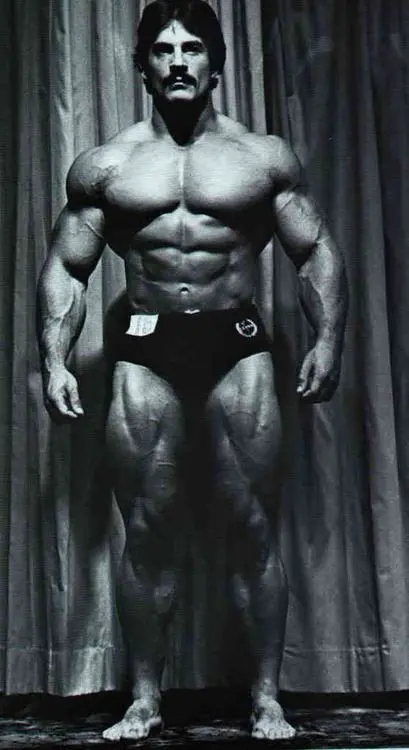
Don’t confuse HIT with HIIT, which stands for High-Intensity Interval Training. While the acronyms are similar, they are very different workouts.
HIT is a form of strength training where, instead of doing several sets of each exercise in your workout, you just do one. The idea behind HIT is that you get most of your training benefits from that initial set. However, that one set must be taken to failure and even beyond. HIT aficionados often use things like forced reps and drop sets to make that single set as intense and productive as possible.
Short on time? Here is a full-body HIT bodybuilding workout. Even after you have a warm-up, you should be done in 30 minutes or less.
- Leg extensions
- Leg press
- Seated leg curls
- Calf raises
- Dumbbell flys
- Dips
- Dumbbell pullovers
- Chin-ups
- Dumbbell lateral raises
- Dumbbell shoulder press
- Barbell curls
- Triceps pushdowns
Do 8-12 reps of each exercise, but don’t stop your set until you have done as many reps as possible. Ask your spotter to help you grind out a couple of forced reps to make sure you’ve really hit failure.
Do this workout 2-3 times a week on non-consecutive days, e.g., Monday, Wednesday, and Friday. As you get fitter and more accustomed to this training style, you should find you can move faster between exercises, saving even more time.
[Read also: Simple Guide To Tabata (High-Intensity Interval Training)]
9. Build More Muscle in Less Time with the 3/2/1 Training Method
Bodybuilders often do several exercises per muscle group and several sets of each exercise. This can be very time-consuming. The 3/2/1 training method forces you to prioritize your training time and energy, cutting out those exercises that make your workouts longer but don’t really do much for your progress.
In simple terms, for major muscle groups, you choose three exercises and then put them in order of importance. Armed with your list of three movements, you do three sets of exercise number one, two sets of the second exercise, and one set of the final exercise.
For example:
- Squats – 3 sets
- Seated leg curls – 2 sets
- Leg extensions – 1 set
Six sets for major muscle groups might not sound like a lot of training volume, but if you train with plenty of intensity, it’s enough to build muscle and strength. Plus, this time-efficient method will save you from hours of unproductive training.
10. Use Complexes to Build Muscle, Burn Fat, and Get Fit at The Same Time
Here at Fitness Volt, we love to lift weights. But, we also know that to look our best, we need to be lean. Cardiovascular fitness is also important as, after all, the heart is the most important muscle in the body (sorry, biceps!).
Training for strength, muscle mass, leanness, and fitness separately is very time-consuming. Thankfully, there is a way to develop all of these things at the same time – complexes.
A complex is a series of exercises performed back to back and using the same piece of training equipment. There are kettlebell and bodyweight complexes, but complexes using barbells and dumbbells are usually best for building muscle mass and getting lean.
All complexes are time efficient and allow you to get a lot of work done in a very short time. One of the most famous and effective complexes is the bear complex. It’s a five-exercise sequence that’s especially tough on your legs and shoulders.
- Power clean
- Front squat
- Push press
- Back squat
- Push press (not a typo – you do push-presses twice!)
Check out this video demonstration to see the bear complex in action:
You can do one rep of each exercise using heavy weights to build muscle size and strength, or 2-5 reps of each exercise using more moderate weights for a more fitness/fat loss orientated workout.
[Read also: Barbell, Dumbbell, and Kettlebell Complexes to Get Ripped Fast]
Wrapping Up
There is nothing worse than getting stuck in a training rut or wasting your valuable time and energy on workouts that don’t produce results. And yet, so many gym-goers are in these exact situations. They show up, train, and make next to no progress.
Use these 10 hacks to save time and make your workouts more productive. After all, your time and energy are incredibly valuable, so you should spend them wisely.
References:
1. PubMed: Effects of Mental Imagery on Muscular Strength in Healthy and Patient Participants (source)
2. American Council on Exercise: Exploring the Effects of Music on Exercise Intensity (source)





